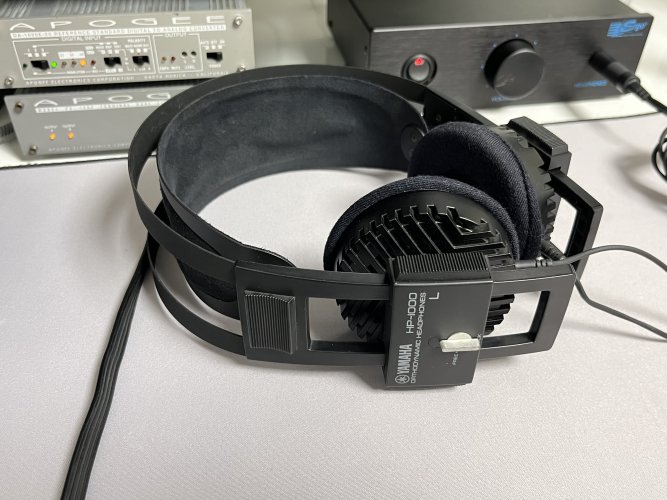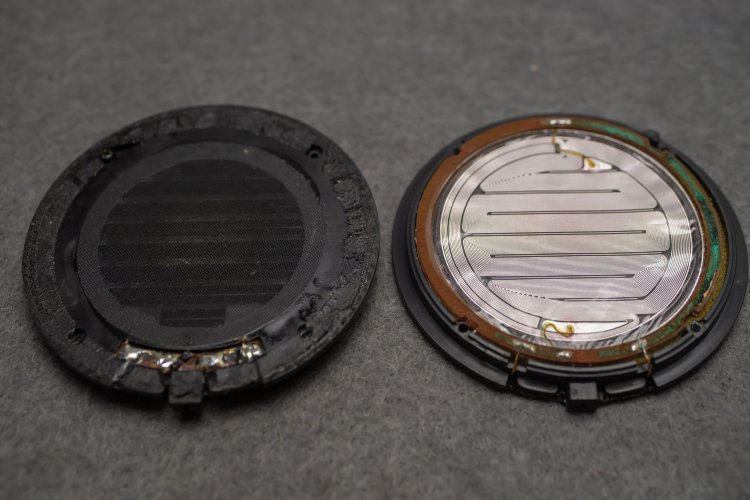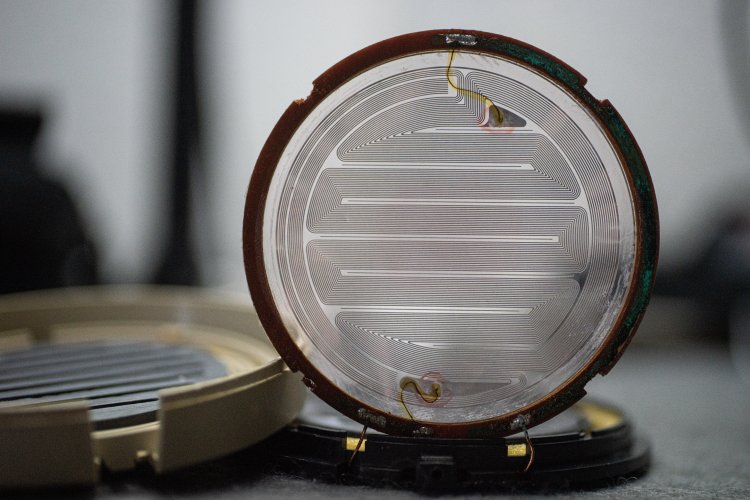ludoo
1000+ Head-Fier
16 years, and I'm still playing with the Yamaha HP-3. I have stopped using them a long while ago, but they still occupy a soft spot in my audio heart. I have accumulated so many of them over the years, that I still hope to get them to a point where I can use them for travel or bed listening, without them making me regret my other headphones.
To make things simpler I used a very cheap rig for today's damping exercise: a USB-C Dongle (Apple or possibily Google) and a 10$ Chinese amplifier. This is the kind of gear I would use with the HP-3 anyway. As a reference for mods I used one of my TDS-15, which are tuned to my exact liking and match pretty closely the Stax SR-L500 FR, at least on my rig (the Stax sound faster and more refined of course).
To make things simpler I used a very cheap rig for today's damping exercise: a USB-C Dongle (Apple or possibily Google) and a 10$ Chinese amplifier. This is the kind of gear I would use with the HP-3 anyway. As a reference for mods I used one of my TDS-15, which are tuned to my exact liking and match pretty closely the Stax SR-L500 FR, at least on my rig (the Stax sound faster and more refined of course).
This is the "naked" HP-3 with no damping inside, just the driver fixed to the baffle with thin 3M film, and recabled with Mogami mini quad. Not a nice sight. 

I then tried a few variations with Micropore, but I ended up not using it: you need to cover most of the driver to have measurable effects, and once you do it smoothens mids too much. This is one the effect of a strip of micropore covering most of the driver.

In the end I settled on 1cm polyurethane foam, the same material often used for earpads filling. It sounds counterintuitive, but I had great results using it with the TDS-15 instead of more traditional felt damping. In the back of the cups I used a thin polyester layer from an air purifier filter.

This is more like it. I mentioned the Stax SR-L500, this is a measurement on the same rig: if you discount the usual Lambda bass hump+drop due to the difficulty of sealing pads on the measurement rig, the TDS-15 have very similar FR and the HP-3 have got a lot closer.



I then tried a few variations with Micropore, but I ended up not using it: you need to cover most of the driver to have measurable effects, and once you do it smoothens mids too much. This is one the effect of a strip of micropore covering most of the driver.

In the end I settled on 1cm polyurethane foam, the same material often used for earpads filling. It sounds counterintuitive, but I had great results using it with the TDS-15 instead of more traditional felt damping. In the back of the cups I used a thin polyester layer from an air purifier filter.

This is more like it. I mentioned the Stax SR-L500, this is a measurement on the same rig: if you discount the usual Lambda bass hump+drop due to the difficulty of sealing pads on the measurement rig, the TDS-15 have very similar FR and the HP-3 have got a lot closer.

Last edited:




























